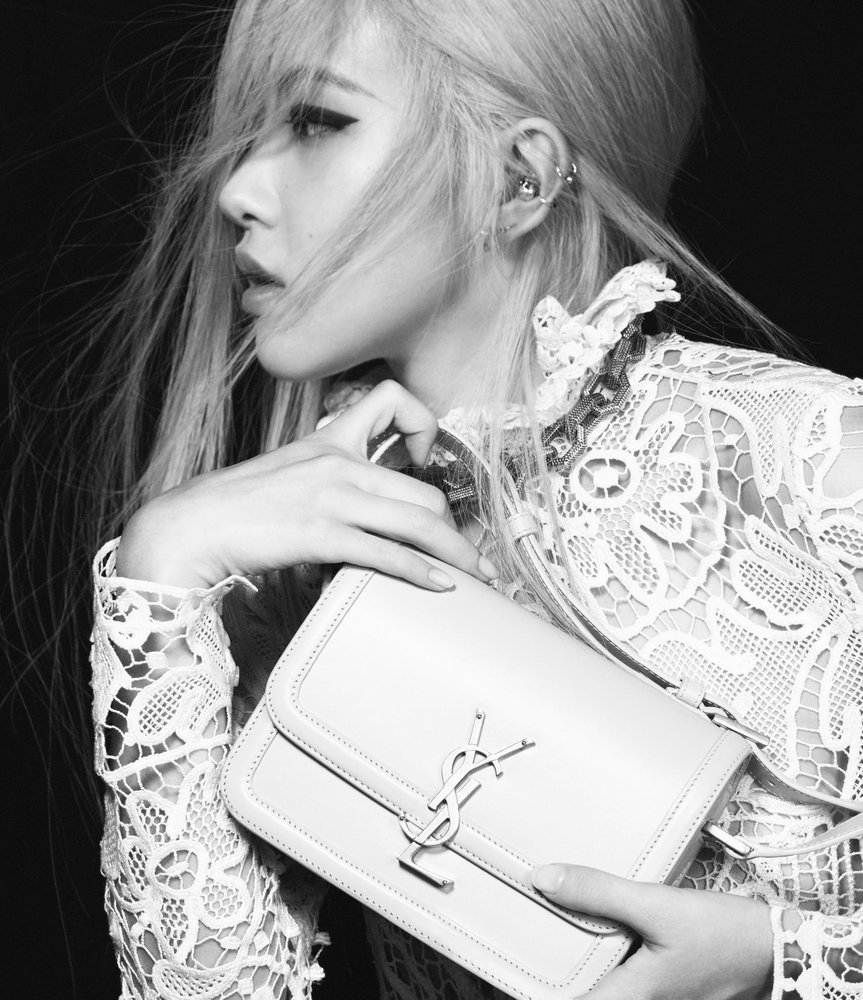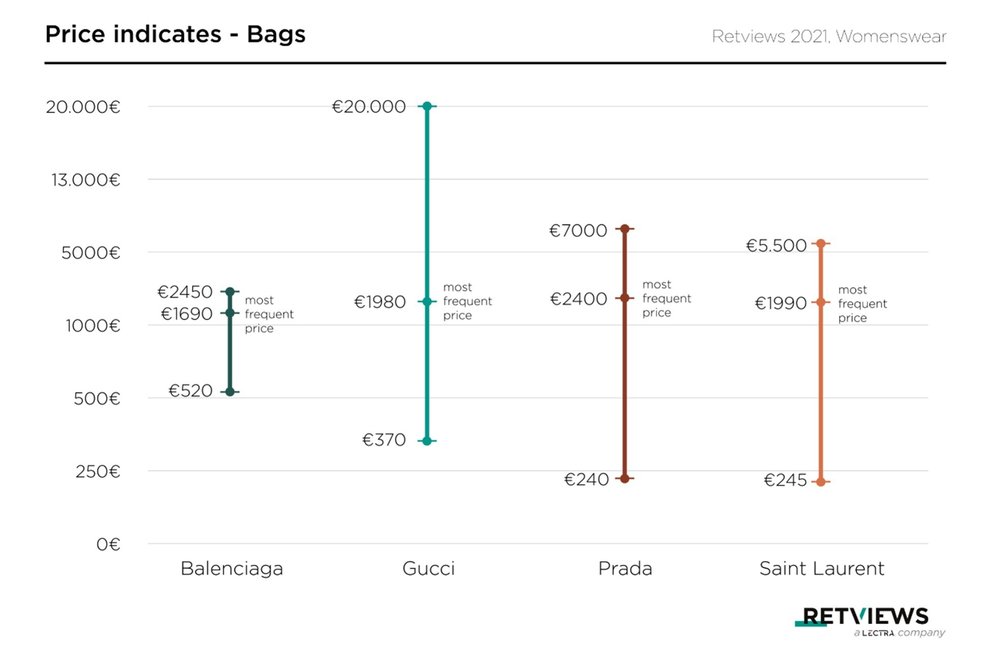Saint Laurent has fine-tuned its marketing strategy to win over younger
consumers and boost its market share. The French label’s strategy hinges on a careful assessment of its product range and a more accessible price positioning than that of its direct competitors, according to a study by marketing metrics firm Retviews, combined with a communication effort targeting the younger generations. As demonstrated by Saint Laurent’s newest brand ambassador, pop singer Rosé of Blackpink, the uber-popular girl band from South Korea, where the French luxury label has recently opened its first flagship.

In 2020, the Kering group’s iconic label generated a revenue of €1.74 billion, climbing to second place in the group’s ranking behind powerhouse Gucci. According to data by Retviews, leather goods account for 40% of Saint Laurent’s product range, but for 71% of its total sales. Ready-to-wear instead generates only 12% of the label’s revenue, while accounting for 21.6% of its range. In the 2020 financial statement, Saint Laurent reported that leather goods generated 74% of its revenue, footwear generated 16% and ready-to-wear only 7%.
In other words, accessories, and handbags in particular, are crucial for the label. Compared to other top names, Saint Laurent, with Anthony Vaccarello in charge of style since 2016, features far fewer mini handbags and belts, both extremely popular in recent seasons (29% of the range, as opposed to 69% for Balenciaga and 51% for Gucci), preferring to focus on multifunctional models like cross-shoulder bags (40% of its handbag range) and shoulder-worn bags (17%).
“This assortment is perfectly consistent with the essence of Yves Saint Laurent, whose goal had always been to celebrate women in their everyday lives, from work to social occasions and holidays,” said Retviews.
Price-wise, the label seems to be positioned in an intermediate segment in relation to its competitors. Considering for example ready-to-wear fashion, specifically dinner jackets, one of Saint Laurent’s signature items, they sell for €1,990 (Gucci’s sell for €1,980, Prada’s for €2,500, Loewe’s for €2,900 and Dior’s for €3,500). As for handbags, Saint Laurent’s prices range from €245 to €5,500. Loewe is cheaper at the lower pricepoint end, with handbags priced at €190, while Gucci beats Saint Laurent at the higher pricepoint end, with €20,000.
“The prices of Saint Laurent handbags are mid-range. This is likely to be part of Kering’s strategy to boost its appeal with the younger generation. Saint Laurent’s mid-range price positioning is the safe choice to satisfy the need for resilience and excessive luxury consumption typical of Gen Z and Millennial consumers,” concluded Retviews. Provided Saint Laurent won’t be pegged down in this segment.

More affordable prices than direct competitors like Dior, Chanel and Louis Vuitton will surely enable Saint Laurent to increase its attractiveness with young people. And not just them. The label’s communication strategy, notably focused on digital media, with a constantly growing number of followers for its website and social media channels, is expected to play a part in broadening Saint Laurent’s customer base.
It is no accident that Saint Laurent chose as brand ambassador K-pop star Rosé, with her huge community of fans. Cue an avalanche of comments and likes for Rosé during the broadcast on April 28 of the label’s video for the women’s Fall/Winter 2021-22 collection. Two days later, Saint Laurent announced the opening of a flagship store in Seoul, its first in South Korea, located on Gangnam-Gu, in the Cheongdam district, the capital’s coolest, most affluent neighbourhood.

